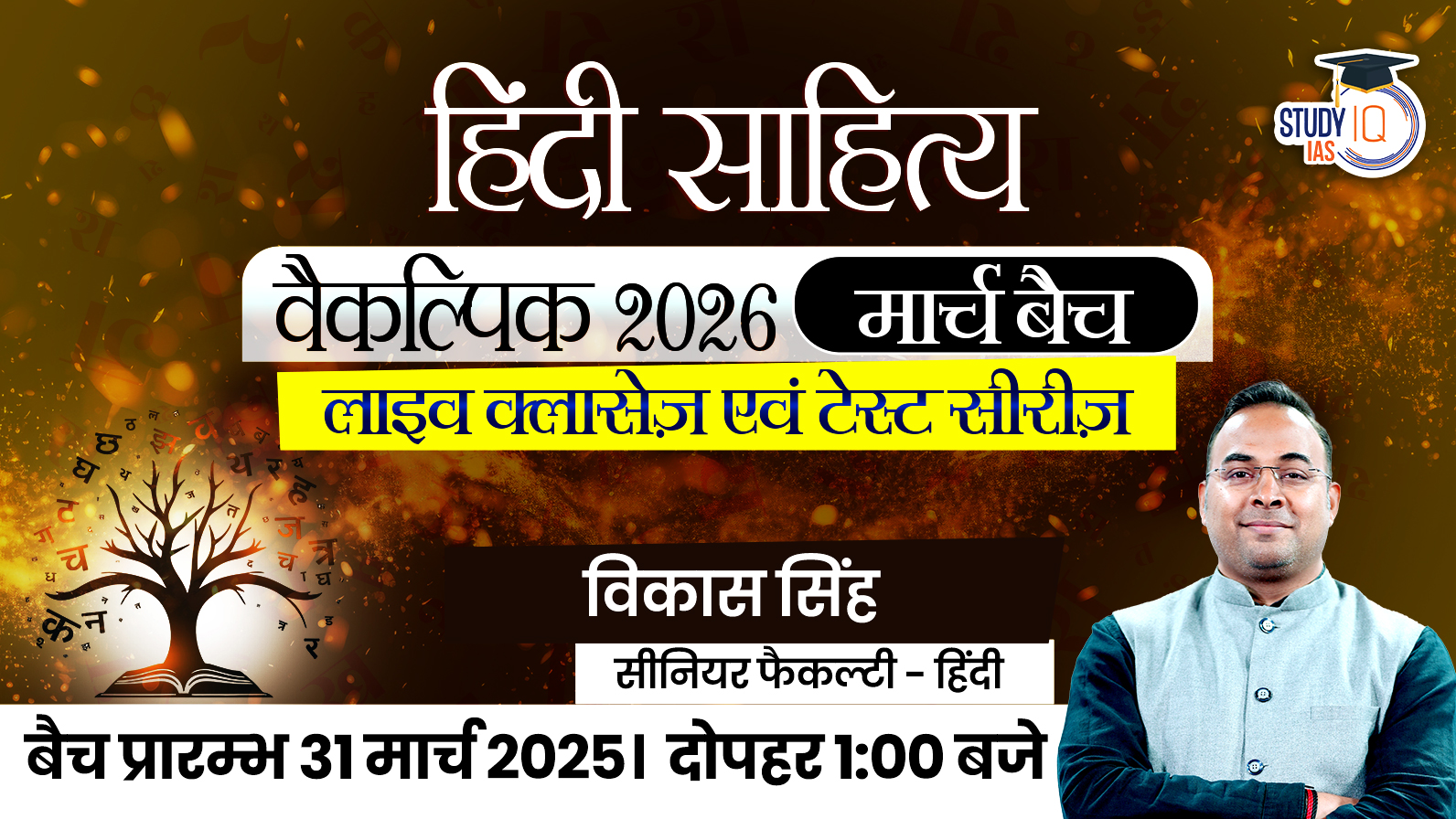Daily Current Affairs for UPSC 2023
Q) Recently seen in news, the ‘Delhi Declaration’ is best related to which one of the following?
- Disposal of Single use plastic
- Increasing women safety and security
- Promoting cyber peace and cooperation
- Development of renewable hydrogen technologies
Daily Current Affairs for UPSC – 5 June April 2023
Explanation:
- Option (3) is correct: Recently, India’s National Cyber Security Coordinator has proposed a “Delhi Declaration” for G20 nations. It aims at promoting cyber peace and cooperation and to enhance global cyber security cooperation and reinforce responsible state behavior in cyberspace. It underscores the importance of protecting critical infrastructure, cooperating in preventing cyber incidents, respecting international law, and strengthening the cybersecurity of the humanitarian sector. It will be further deliberated upon and considered by G20 nations as part of their efforts to address cyber threats and promote cyber peace.
Q) With reference to cotton production in India, consider the following statements:
- All four varieties of cultivated cotton are grown in India.
- India is both the largest producer and consumer of cotton in the world.
- Recently, the Cotton Corporation of India and the Indian Space Research Organisation conducted field surveys to certify organic cotton in India.
How many of the statements given above is/are correct?
- Only one
- Only two
- All three
- None
Explanation:
- Statement 1 is correct but statement 2 is incorrect: India is the largest producer of cotton, accounting for around 25% of the total global cotton production. It is also the 2nd largest consumer of cotton in the world. India is the country to grow all four varieties of cultivated cotton. Being one of the largest contributors to India’s net foreign exchange, it has been dubbed as ‘white gold’. About 67% of India’s cotton is grown on rain-fed areas and 33% on irrigated areas. The states of Gujarat, Maharashtra, Telangana, Rajasthan, Karnataka, Andhra Pradesh, Haryana, and Punjab are the largest cotton producers.
- Statement 3 is incorrect: European Space Agency (ESA) and Global Organic Textile Standard (GOTS) will collaborate to certify organic cotton in India. The collaboration will involve combining data from satellite images and analyzing it through artificial intelligence (AI). The initiative will automatically classify cotton fields in India in line with cultivation standards. During a pilot study, the model has showed 98% accuracy in differentiating between organic cotton fields and conventional ones.
Q) Consider the following statements about ‘Thermal stratification’:
- Hypolimnion is the bottom layer of thermal stratification in a lake.
- This phenomenon can also lead to the death of fish in some instances.
- During the winter, the growth of phytoplankton is high as the availability of nutrients is high in cold water.
How many of the statements given above is/are correct?
- Only one
- Only two
- All three
- None
Explanation:
- Statement 1 is correct: Thermal stratification occurs when the water in a lake forms distinct layers through heating from the sun. Since, sunlight often only penetrates a few metres into the lake, directly warming just the top few metres. There are three kinds of thermal stratifications.
- Epilimnion: The upper layer of warmer water.
- Metalimnion: The middle layer with a zone of gradual decrease in temperature.
- Hypolimnion: The bottom layer of colder water.
- Statement 2 is correct: Recently, Jammu and Kashmir government has attributed the death of thousands of fish in the Dal Lake in Srinagar to “thermal stratification”. Pollution has badly affected the Schizothorax fish harvest and has destroyed the breeding grounds of the native fish. This impact has been very severe since 2007-08 and had a tremendous effect on the total fish production in the Dal Lake.
- Statement 3 is incorrect: During summer, temperature is higher on the surface water, whereas in lower layer temperature is low. During winter in a temperature lake, water is at freezing temperature on the surface, whereas in the lower layer temperature is about 4°C. The surface water is cooled during autumn and warmed in spring. This results in a free mixing of water in the whole water body, also known as autumn and spring turnover. During spring and autumn due to turnover of water oxygen and nutrients are redistributed, resulting in a bloom of phytoplankton growth while during winter and summer, growth of phytoplankton is low due to low nutrients and oxygen availability.
Q) Consider the following statements:
- It lies in the sub-Himalayan area of the Terai belt.
- Both Tigers and Rhinos can be spotted together here.
- Two tributaries of the Ghagra River flow through this region.
Which one of the following Tiger Reserve is best described in the statements given above?
- Amangarh Tiger Reserve
- Dudhwa Tiger Reserve
- Rajaji Tiger Reserve.
- Ranipur Tiger Reserve
Explanation:
- Option (2) is correct: Recently, carcass of a two-year-old tigress was recovered from the buffer zone of the Dudhwa Tiger Reserve. The Dudhwa National Park, also known as the Dudhwa Tiger Reserve, is located in the districts of Lakhimpur and Kheri in the Indian state of Uttar Pradesh. This region comes under the sub-Himalayan area called as Terai belt. This Terai region is acknowledged as the most endangered ecosystems throughout the world. The park is also lying nearby the Indo-Nepal boundary. Dudhwa is spread over an expanse of approximately 811 sq km of marshes, grasslands and dense forests. It is an ideal and protected home for over 38 species of mammals, 16 species of reptiles and numerous species of birds. Dudhwa National Park through which the tributaries of the Ghagra River Suheli and Mohana streams flow. Tiger, Rhinoceros, Swamp deer, Elephant, Sambar, Hog deer, Cheetal, Kakar, Wild pig, Rhesus monkey, Langur, Sloth bear, Blue bull, Porcupine, Otter, Turtles, Python, Monitor lizard, Mugger, Gharial etc. It is the only place in Uttar Pradesh where both Tigers and Rhinos can be spotted together.
Q) With reference to Higgs Boson, consider the following statements:
- The Higgs boson particles can also decay into Z bosons and photons.
- The Standard Model of particle physics explains the mechanism by which the Higgs boson gives mass to neutrinos.
Which of the statements given above is/are correct?
- 1 only
- 2 only
- Both 1 and 2
- Neither 1 nor 2
Explanation:
- Statement 1 is correct: Higgs Boson is the fundamental force-carrying subatomic particle associated with the Higgs field, a field that gives mass to other fundamental particles such as electrons. For example, when an electron interacts with the Higgs field, the effects it experiences are said to be due to its interaction with Higgs bosons. Higgs boson plays such a cardinal role in subatomic physics that it is sometimes referred to as the “God particle.” It is one of the 17 elementary particles that make up the Standard Model of particle physics. The ATLAS and CMS teams have combined their data, collected between 2015 and 2018, to find the first evidence of the rare process in which the Higgs boson decays into a Z boson and a photon. Z boson is the electrically neutral carrier of the weak force. Photon is the carrier of the electromagnetic force.
- Statement 2 is incorrect: The Higgs bosongives mass to quarks, charged leptons and the W and Z bosons. However, Standard Model of Particle Physics can’t explain whether the Higgs boson also gives mass to neutrinos, which are ghostly particles that interact very rarely with other matter in the universe. This theory also can’t explain what dark matter is.


 UP Police Constable Recruitment for 1922...
UP Police Constable Recruitment for 1922...
 Universal Basic Income (UBI), Need, Adva...
Universal Basic Income (UBI), Need, Adva...
 Blue Flag Beaches in India List
Blue Flag Beaches in India List





















